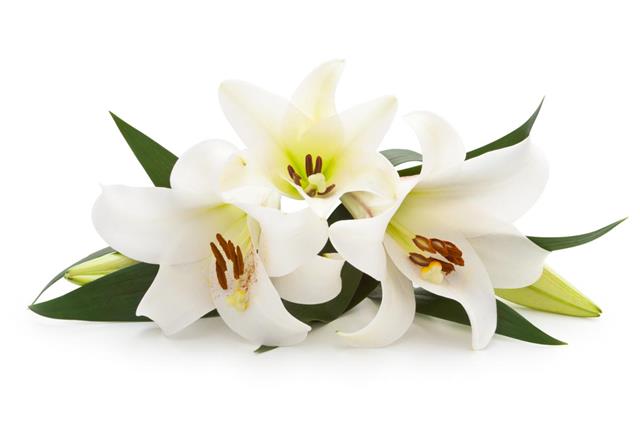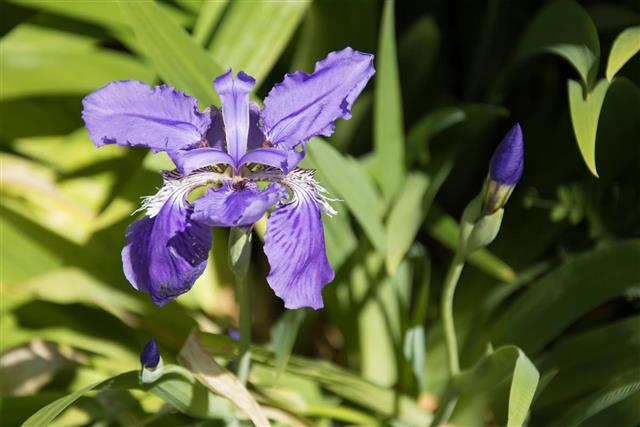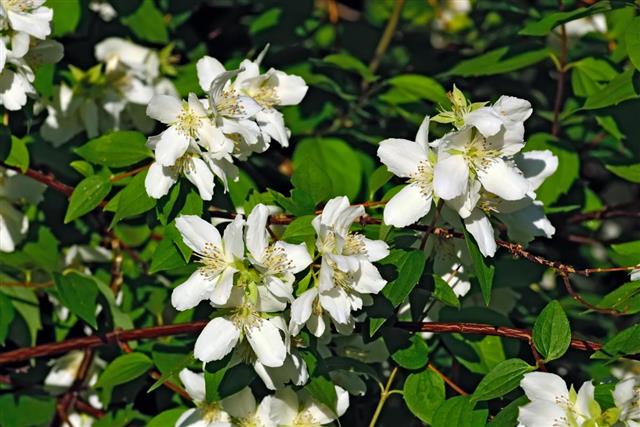
The following article presents before us monocot vs. dicot differences by considering their various features. Read on to known more about dicotyledon and monocotyledon classifications.
The classification of flowering plants has been made for a long time on the basis of number of cotyledons they possess, i.e., in the form monocot vs. dicot system of categorization. The categorization or classification of plants on this basis doesn’t have any fundamental concepts for support. Instead, morphology of seed types is the only criterion being used in this kind of grouping. Therefore, problems in the process of classifying plants arise regularly. Occurrence of dissimilar characteristics among plants that are placed under the same group takes place in many instances. The classification system based on cotyledons is, however, still in use. Let us understand more about these plants by means of the differences presented below.
Differences
The basic difference between monocots and dicots, as their names suggest, is the presence of a single and double cotyledons respectively. To put it simply, monocots have a single embryonic leaf, while the dicots have two of these. There are many more distinguishing characteristics which separate these two types from each other. Let us have a look at these differentiating characteristics.
- Monocots: These plants bear flowers that are trimerous, i.e., they are divided in 3 parts/components.
Dicots: Flowers of dicotyledonous plants produce tetramerous or pentamerous flowers.
- Monocots: The arrangement of vascular bundles in these plants is of a ‘scattered’ type.
Dicots: In dicotyledons, vascular bundles are arranged in concentric circles.
- Monocots: The roots of such plants are adventitious.
Dicots: Development of root system in these plants, unlike the monocots, takes place from radicles.
- Monocots: The difference between monocots and dicots can also be marked on the basis of number of pores/furrows present in a single pollen. Monocots are those plants which possess a single pore in every pollen grain.
Dicots: In dicotyledonous plants, there are 3 pores present in a single pollen grain.
- Monocots: The arrangement of major veins in these plants is parallel in form.
Dicots: The dicot plants have reticulate major veins.
- Monocots: The monocot seed pods are divided in three parts. Seeds present in pods of these plants are fleshy and large in size.
Dicots: The dicotyledons have seed pods that vary in shape and size. The number of parts/chambers containing seeds also vary in number.
The above mentioned points help us understand various aspects of monocot and dicot seeds and also the different features of these plants.
Useful Facts for Kids
Plant species included in the monocot category are mostly grasses and other plants that are similar to grasses. The irises, lilies, and amaryllises are the type of plants commonly found in this category. Dicotyledonous plants are of the following groups: bushes, trees, vegetable garden plants, etc. One fact that has to be considered while studying monocots and dicots is that not all of them have characteristics which clearly separate them from each other. Children should be encouraged to conduct experiments which help understand the differences between the two. In this manner, the anatomy, functions, and growth of different types of monocots and dicots can be understood in a better way.
The information helps us understand various aspects of flowering plants on the basis of dicotyledon vs. monocotyledon classification.




